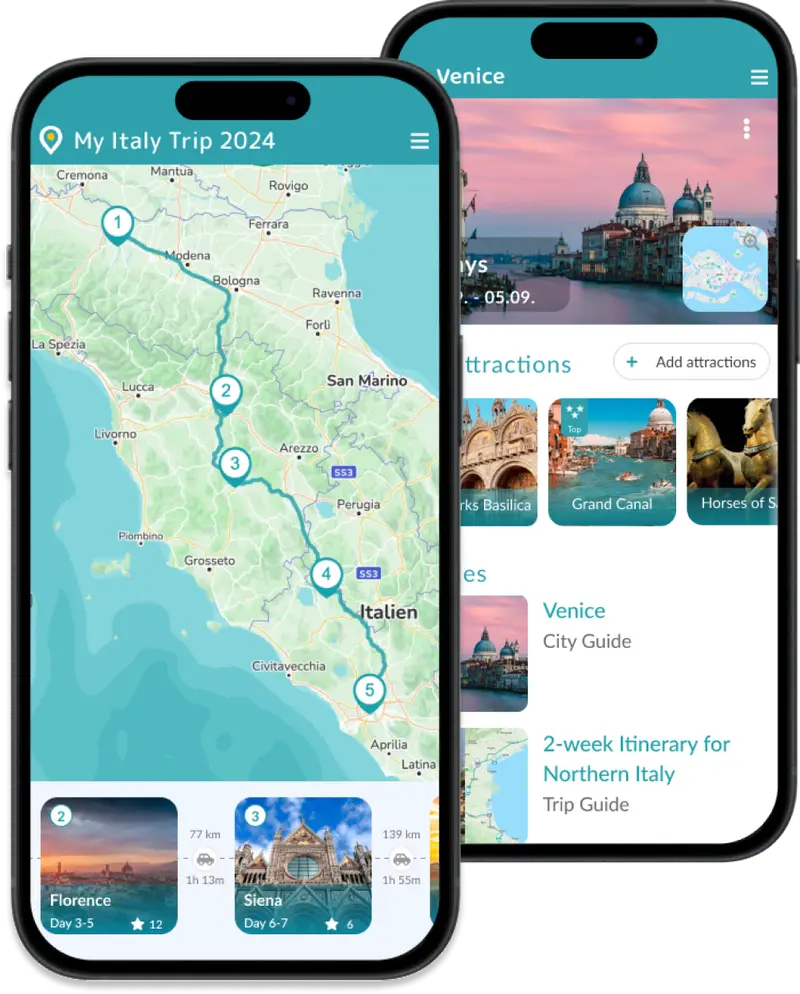Emilia-Romagna delights with medieval towns, warm hospitality, and long beaches. From the vibrant student city of Bologna, known for its world-famous cuisine and elegant arcades, to the mosaic-rich city of Ravenna, the region pleases all the senses. Celebrated for its high-quality gastronomic heritage, including Ragù alla Bolognese, Parma ham, balsamic vinegar, and Aperol, Emilia-Romagna embodies the essence of Italian cuisine.
Make sure to check out our sightseeing map!
The map is a true treasure chest – packed with the most stunning highlights as well as hidden gems. As of 2025, we have over 20,000 (!) attractions, with the most important ones featuring detailed, helpful descriptions.
Top Highlights of Emilia-Romagna




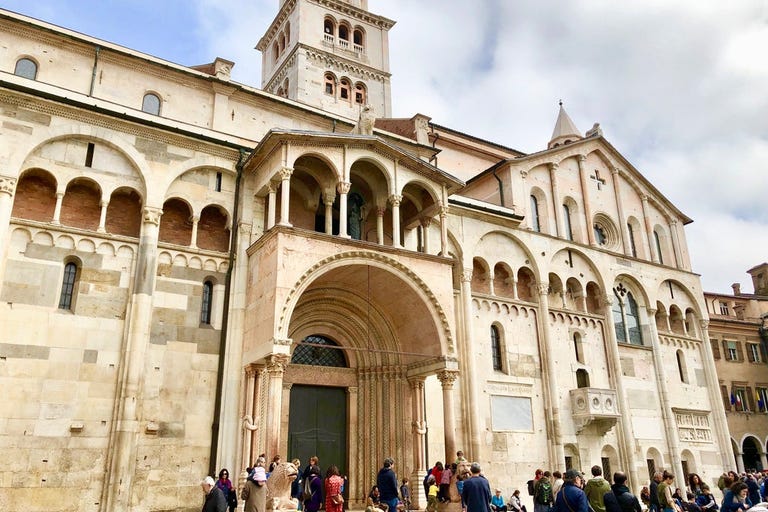





Our Favourites in Emilia-Romagna
Above you can scroll through the 10 must-see attractions of Emilia-Romagna as well as the 10 best city destinations to visit. (Just switch the tab.) If you are only once in the area, our absolute favourites are:
- Ravenna (for fans of architecture & history)
- Bologna (for Foodies)
- Modena & Parma
- Small but Wow: Mausoleum of Galla Placidia
Reiseinformationen
Best Travel Time
Late Spring (April to May)
April and May, along with autumn, are the best times to visit Emilia-Romagna. With temperatures rising gradually to a mild and pleasant 15°C - 20°C, this period is perfect for city tours and outdoor excursions. The landscape blooms, and the cities and towns are less crowded than in summer. It’s an ideal time for outdoor activities and city trips.
Summer (June to August)
Summers in Emilia-Romagna are warm to hot, with average temperatures of 25°C to 35°C. This is the peak tourist season, especially along the Adriatic coast, where numerous beaches and resorts attract visitors. Cities like Bologna and Modena can be quite hot, but the lively atmosphere and numerous festivals make summer an exciting time for a visit.
Autumn (September to October)
Autumn is another excellent travel time, particularly for food enthusiasts. With temperatures dropping to a comfortable 15°C - 22°C, it’s perfect for city trips and hikes. The harvest season also brings wine festivals and culinary events, making it a fantastic time to explore the region's gastronomic delights.
Winter (December to February)
Winter in Emilia-Romagna is mild to cool, with temperatures ranging from 0°C - 10°C. This is the quietest time of the year, offering a peaceful opportunity to explore the sights. Cities like Bologna are known for their festive Christmas atmosphere, and the nearby Apennines provide opportunities for skiing and other winter sports.
Getting There
Bologna, the capital and central transportation hub of the region, is well-connected by air, train, and road.
By Air
The primary airport is Bologna Guglielmo Marconi (BLQ), just 6 km from the city center. For those heading to the coast, the Rimini/Fellini Airport is a popular choice.
By Train
Bologna Centrale is one of Italy's key railway stations, offering numerous connections throughout Europe. High-speed trains, such as Frecciarossa and Italo, provide swift travel to cities like Milan, Rome, and Florence.
By Car
Driving from Central Europe to Emilia-Romagna is straightforward, thanks to well-maintained toll highways. The A1 (Autostrada del Sole) links Bologna with Milan, while the A14 runs from Bologna to the Adriatic coast.
Traveling in Emilia-Romagna
By Car
Driving in Emilia-Romagna is straightforward and convenient. The state road Strade Statali SS9, also known as Via Emilia, is toll-free and serves as a major regional artery. This road stretches from Rimini through Emilia-Romagna to Milan, passing through cities like Cesena, Imola, Bologna, Modena, Reggio Emilia, and Parma.
Be sure to check for ZTL zones and any toll fees.
By Train
Emilia-Romagna boasts a dense rail network, making it easy to plan a vacation by train. There are fast connections between major cities such as Bologna, Parma, Modena, and Rimini. Even smaller cities like Ferrara and Piacenza are well-connected. Tickets can be conveniently purchased online via the Trenitalia and Italo websites.
By Bus
The bus network in Emilia-Romagna is well-organized and complements the rail system. Regional bus companies like TPER and SETA offer routes to smaller towns and villages that are not directly accessible by train. For instance, there are regular bus services from Bologna to Imola.
Tickets can be bought at train stations, in tobacconists, or directly from the bus driver.
Fancy a roadtrip?
Be inspired by our hand-picked road trips.
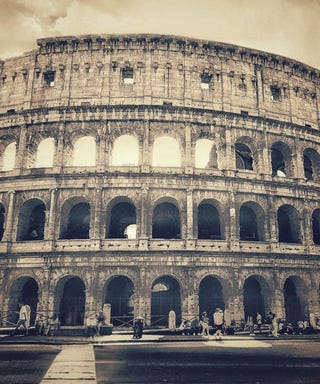
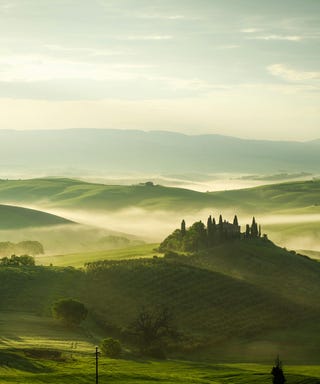
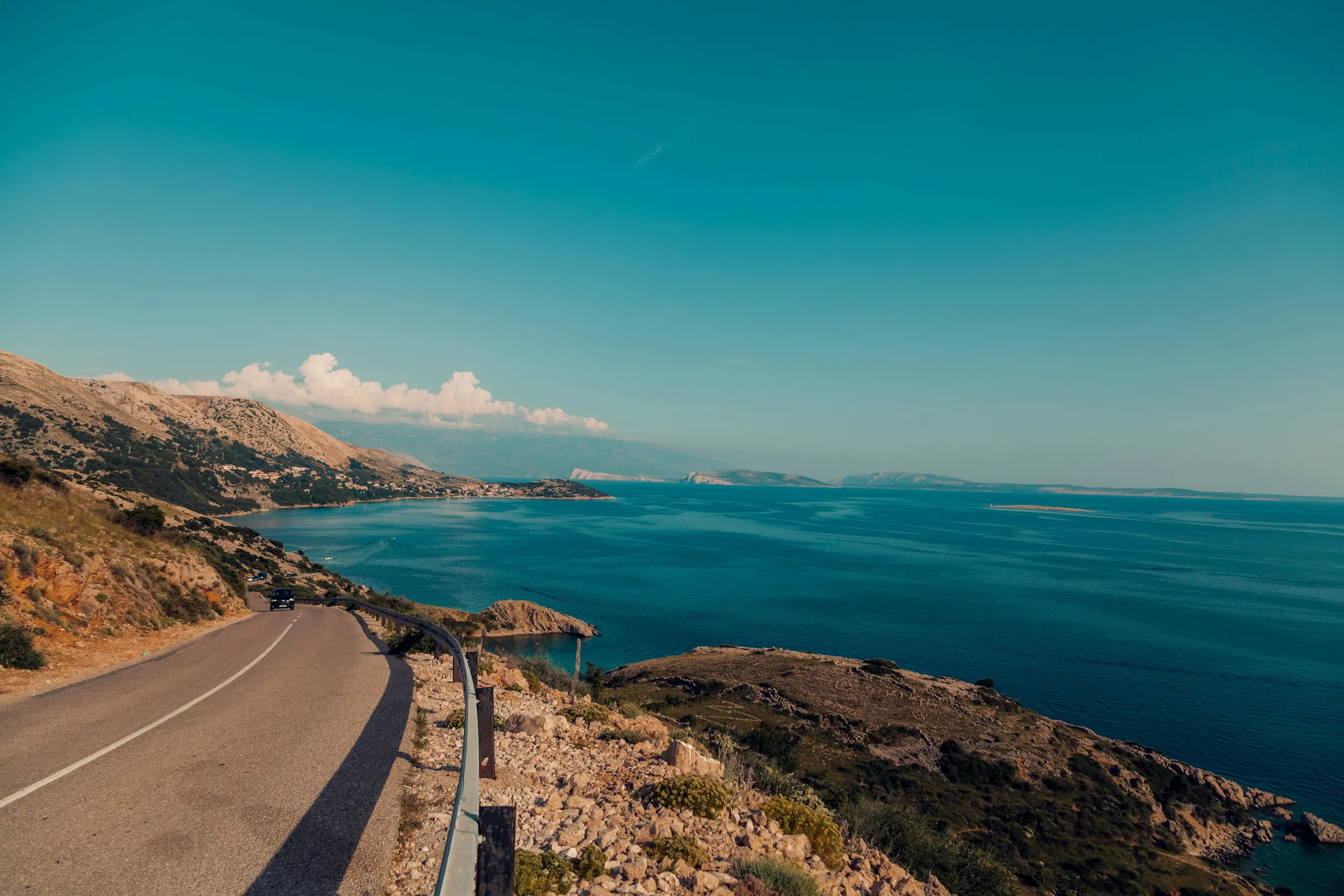
Tips for Relaxed Travel





